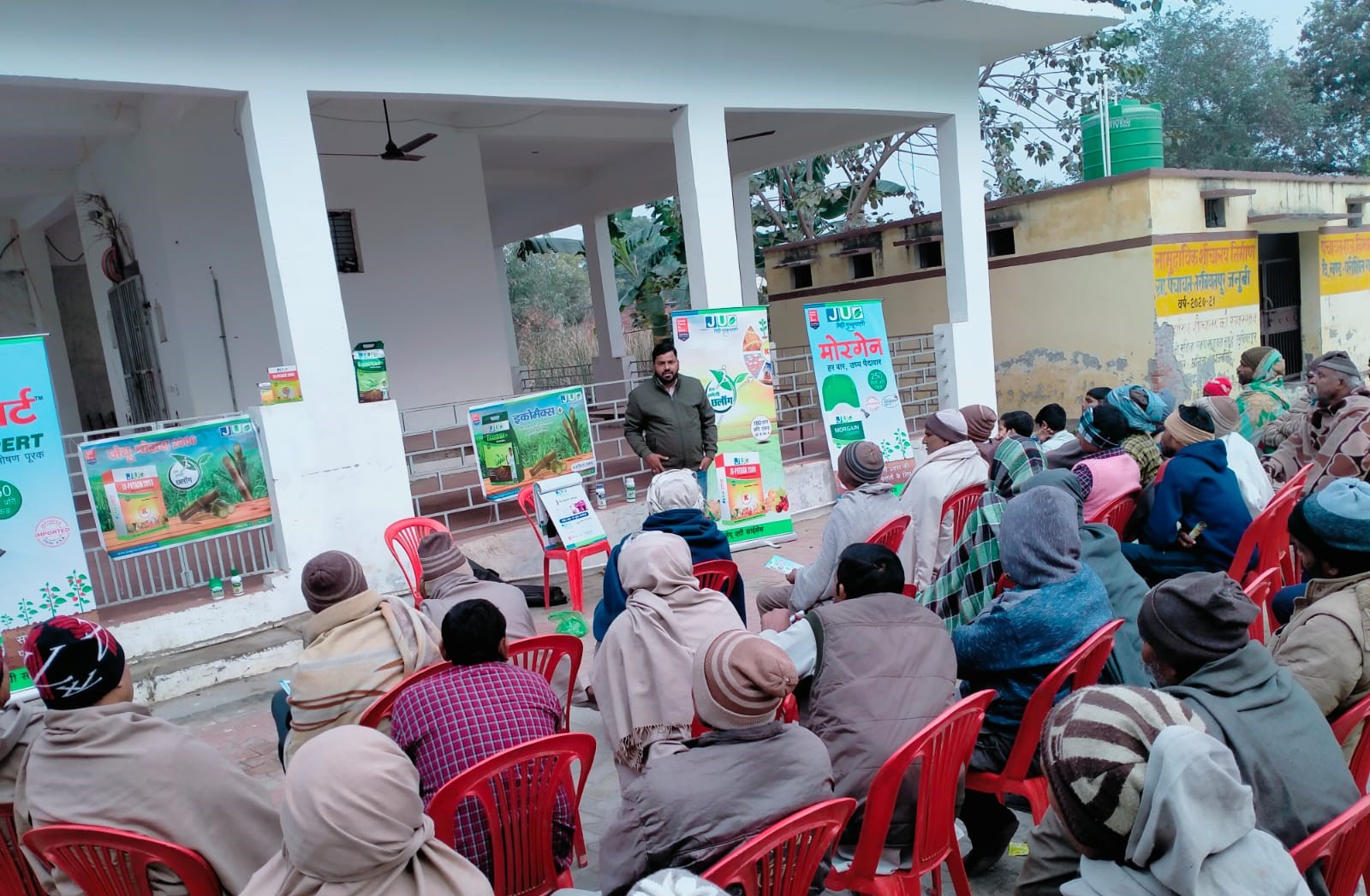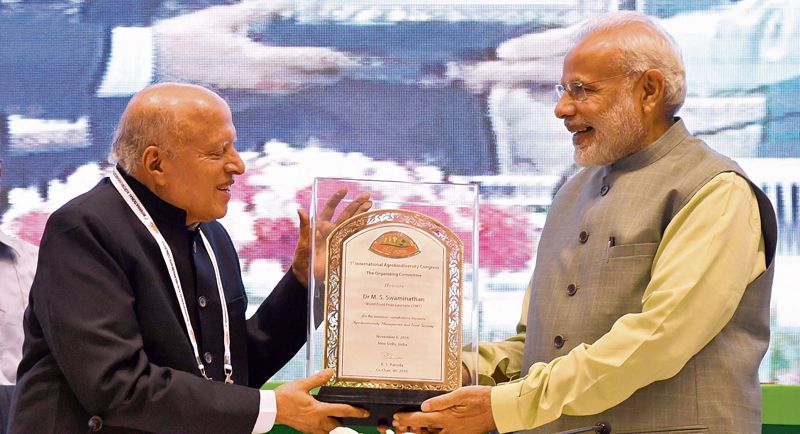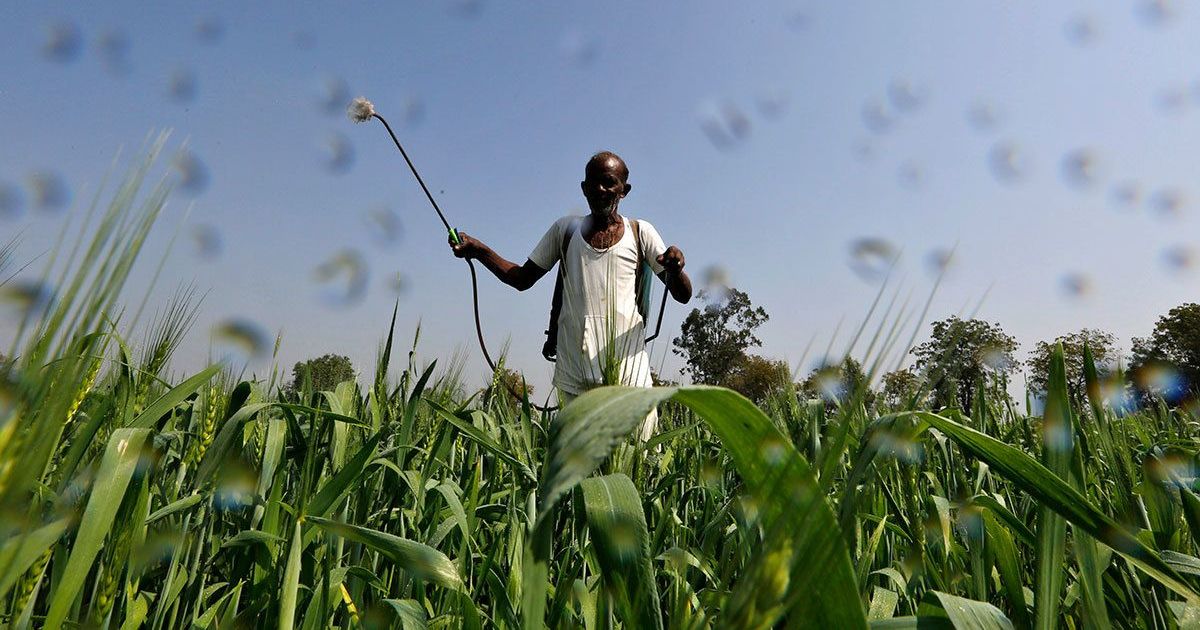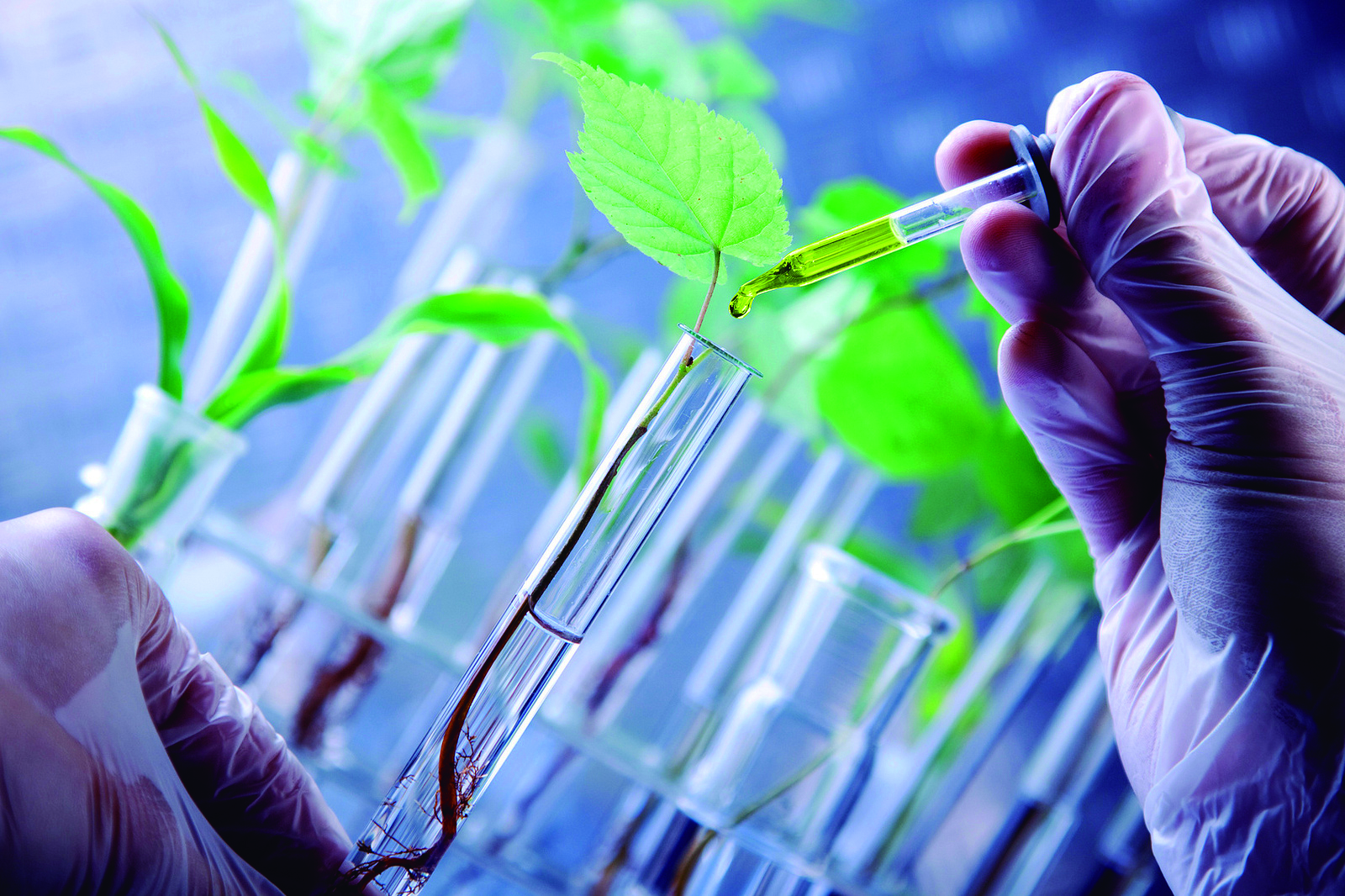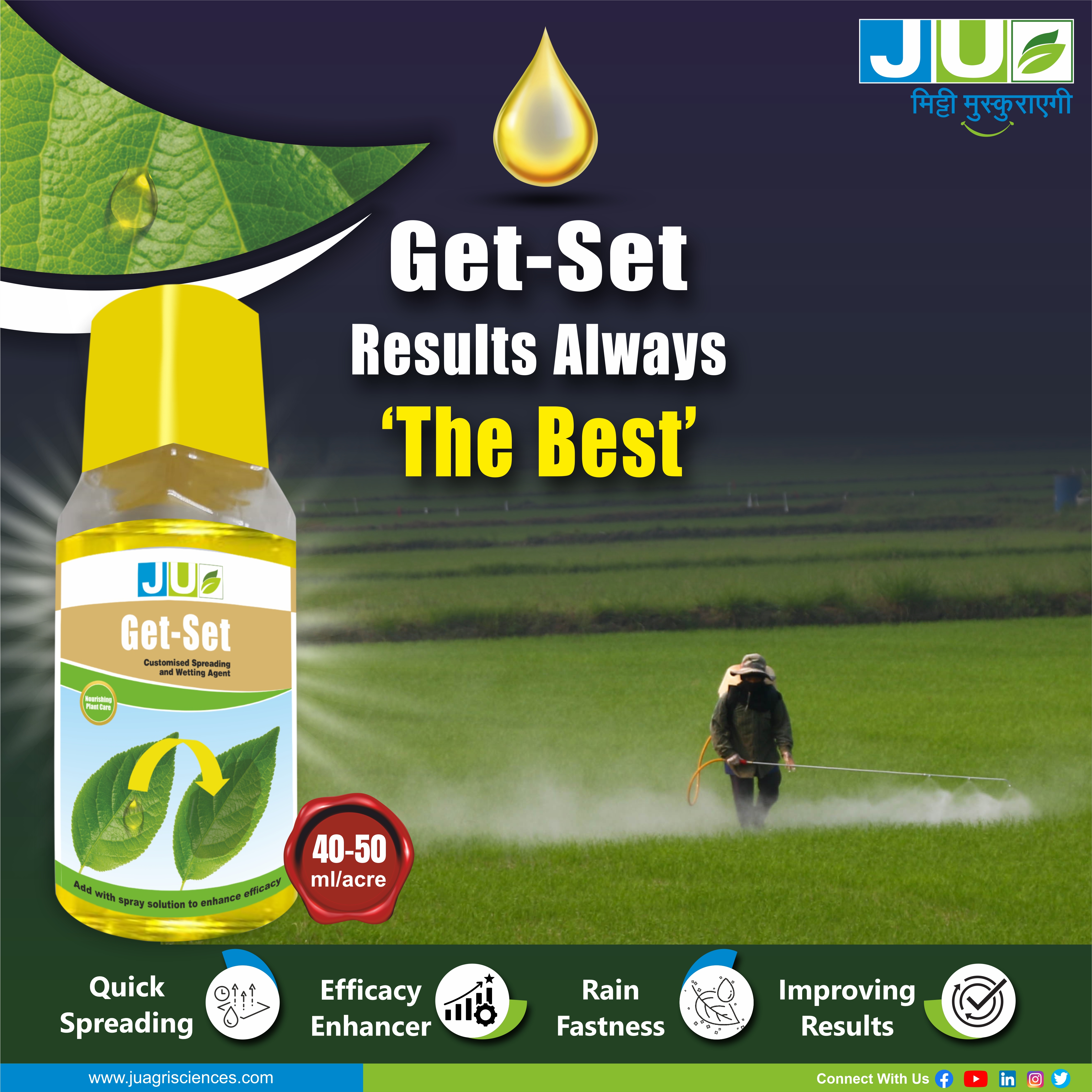The Science Behind Crop Rotation: Why It’s Essential for Modern Agriculture
23/02/2025
Are you sticking to the same practices your family has followed for decades, simply because it’s what you’ve always known? Maybe it’s time to rethink that. Take that field you’ve been planting in continuous corn since inheriting the farm—what if this is the year to mix it up?
A 50-year
study at Purdue University in West Lafayette, Indiana, United States looked at
different crop rotations and farming methods. It showed that switching between
crops like corn and soybeans usually led to higher yields. Corn yields improved
in 48 of the 50 years, and soybeans had better results in 42 years. The best
results were seen with no-till farming, especially using fall strip-till. You
don’t have to make big changes all at once—start small by rotating corn with
soybeans or trying no-till or strip-till. Every field is different, and while
it may take time to see results, trying these methods could help boost your
yields.
Modern
crop rotation incorporates advanced techniques and technologies to enhance
efficiency and sustainability. Precision agriculture uses technology to
optimize crop rotation schedules, ensuring the best crops are planted at the
right time to maximize yields and reduce resource waste.
Organic farming heavily relies on crop rotation to maintain soil health and minimize pest problems, promoting a natural balance in the ecosystem. Another effective practice, cover cropping, involves planting non-harvested crops to protect and enrich the soil, preventing erosion and improving soil structure. Additionally, intercropping, a variation of crop rotation, involves growing multiple crops in the same field at the same time, improving biodiversity and reducing the risk of crop failure. Together, these modern crop rotation methods contribute to more sustainable and productive farming practices.
Understanding Crop Rotation: A Key to Sustainable Farming
Crop rotation means planting
different crops on the same land in a planned order to keep the soil healthy,
make better use of nutrients, and control pests and weeds.
For example, after growing corn,
which uses a lot of nitrogen, a farmer might grow beans to add nitrogen back to
the soil. Simple crop rotations involve two or three crops, while more complex
ones may include many different crops.
The main benefits of crop rotation are healthier soil, fewer pests and diseases, and better crop yields. However, it requires careful planning and knowledge to do it effectively.
How to Plan and Implement Crop Rotation on Your Farm
To rotate crops effectively, start with a clear plan and divide your land into equal sections. Avoid growing the same or closely related crops in the same spot each year. Instead, rotate crops by plant family, switching between different groups like beans, corn, and tomatoes. You can also rotate by the part harvested, alternating between crops grown for roots, leaves, fruits, or seeds. Consider plant compatibility, like planting sweet corn before potatoes to improve their growth and rotate based on nutrient use by starting with legumes to add nutrients and following with heavy feeders like corn. Alternating deep-rooted crops (like beets) with shallow-rooted ones (like cauliflower) also helps maintain soil health. Finally, include legumes and cover crops like grasses or grains to enrich the soil and reuse leftover nutrients. These simple steps keep the soil healthy, reduce pests, and improve yields.
Why Crop Rotation is Crucial for Long-Term Agricultural Success
Crop rotation helps both the environment and the economy. It’s an important method for maintaining healthy soil and sustainable farming.
Improves Soil Fertility
Different crops add and use nutrients in different ways, so rotating them keeps the soil healthy. Letting fields rest for grazing and using leftover plants as natural fertilizer also helps improve the soil and reduce the need for chemicals.
Improves Soil Structure
Crop rotation keeps soil loose and healthy by recycling plant remains, creating natural channels for water and air, and promoting the growth of helpful microbes.
Prevents Soil Erosion
Different
crops have roots that stabilize the soil at various depths. Some crops, like
hay or maize, leave behind residues that protect the topsoil from washing or blowing
away. Perennial grasses also help stop erosion, even on sloped land.
Boosts Yields and Reduces Risks
Crop
rotation makes plants stronger and more productive by improving soil nutrients
and reducing pests. It ensures more reliable harvests and lowers the risk of
crop failure from overusing the land.
More
efficient water use
Crop rotation helps use water more efficiently by adding organic matter to the soil, improving its structure and ability to hold water. It also helps keep moisture in the deeper layers of soil, which plants can use during dry periods, allowing farmers to use less irrigation water.
Facilitating Crop Rotation with Satellite Technology
Mono-cropping and monoculture farming reduce land fertility over time, leading to lower yields and increased reliance on chemical fertilizers. To maintain long-term soil health and productivity, monitoring vegetation changes and tracking weather data are essential for making informed decisions about crop rotation.
Crop rotation with satellite technology is transforming modern farming by using advanced satellite imagery and data to optimize crop schedules. Satellites provide detailed insights into soil health, moisture levels, and crop performance, helping farmers plan rotations more effectively. This technology allows for precise monitoring of field conditions, enabling farmers to make data-driven decisions on when and what crops to plant next. By integrating satellite data into crop rotation, farmers can improve yields, reduce resource use, and maintain soil health in a more sustainable way.
Conclusion
In conclusion, crop rotation is a simple yet powerful way to improve soil health, increase yields, and reduce the need for chemical fertilizers. By switching up what you plant and how you manage your fields, you can boost soil fertility, prevent erosion, and use water more efficiently. It’s a smart way to protect the land while ensuring consistent, reliable harvests. Using tools like satellite technology can make crop rotation even more effective by giving you detailed information to plan better and make informed decisions. Small changes in your farming practices, like rotating crops or experimenting with no-till methods, could lead to better results for both your soil and your bottom line.
Categories
Related Blogs
The Role of Pesticides in Modern Agriculture
30/01/2024








